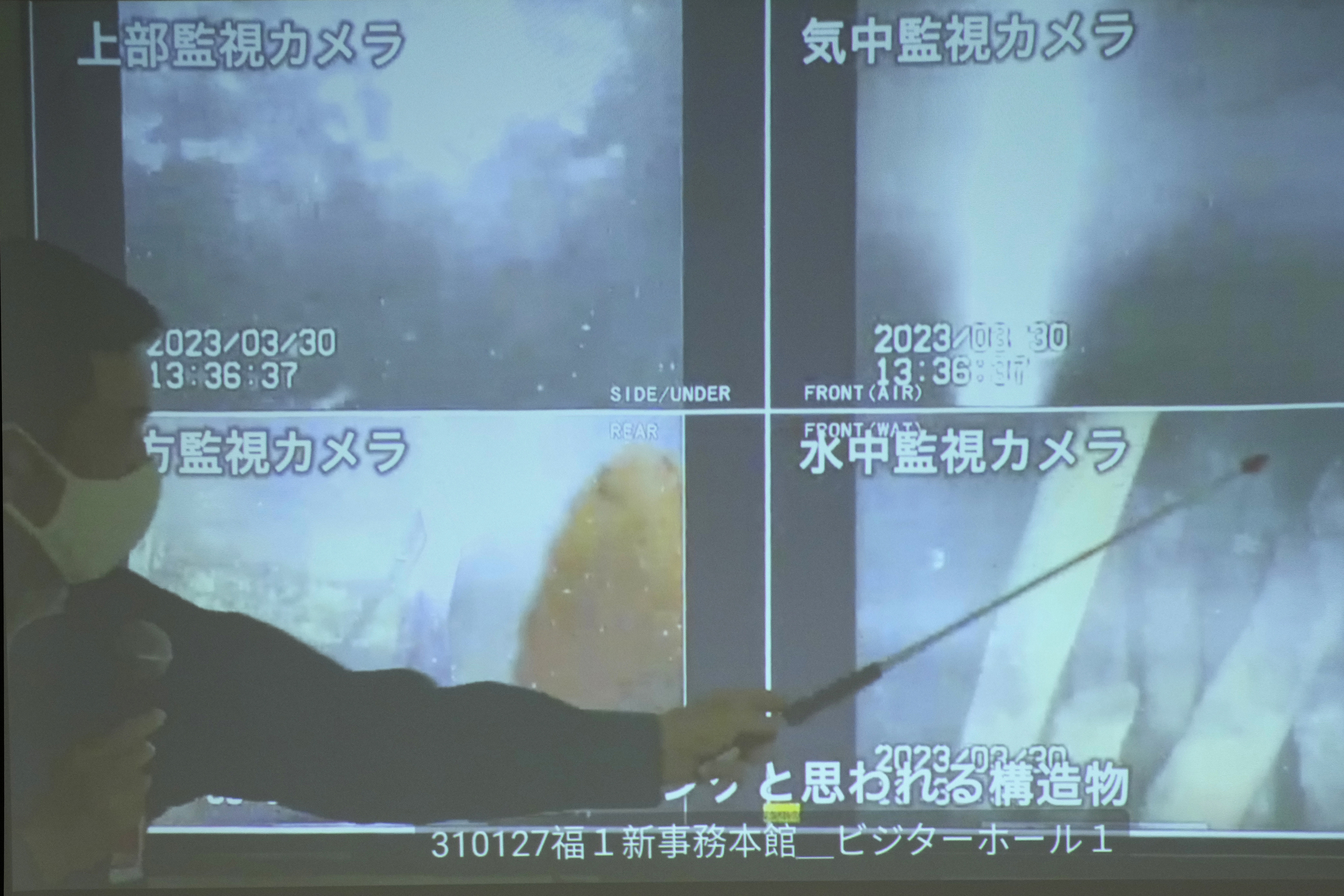Images taken by a robotic probe inside one of the three melted-up reactors at Japan's ill-fated Fukushima nuclear power plant showed exposed steel bars on the main supporting structure and the absence of some parts of its thick outer concrete wall, raising concerns about its earthquake resistance should another major tragedy occur.
Since last year, the plant's operator, Tokyo Electric Power Company Holdings (TEPCO), has sent several robotic probes into Unit 1's primary containment chamber. The new findings, which were made public on Tuesday, are from the latest raid, at the end of March.
Find out more
Environment.
Japan plans to dump contaminated and treated water from Fukushima into the sea in spring or summer
- Writing: EFE Tokyo
Japan plans to dump contaminated and treated water from Fukushima into the sea in spring or summer
Asia.
Japan's Supreme Court Exempts Government from All Responsibility for Fukushima Nuclear Accident
- Writing: EFE Tokyo
Japan's Supreme Court Exempts Government from All Responsibility for Fukushima Nuclear Accident
A remote-controlled underwater vehicle, called ROV-A2, accessed the interior of Unit 1's pedestal, a support structure located just below the core. He took images never seen since a powerful earthquake and subsequent tsumani paralyzed the plant 12 years ago. Inside the pedestal is where remains of molten fuel are most likely to be found.
A roughly five-minute video — part of the 39 hours of footage captured by the robot — showed that the pedestal's 120-centimeter (3.9-foot) thick concrete exterior wall had significant damage near its base, exposing the steel inner reinforcement.
TEPCO spokesman Keisuke Matsuo told reporters Tuesday that the steel reinforcement is mostly intact, but the company plans to continue analyzing the data and images over the next two months to find out if and how the reactor's resistance to earthquakes can be improved.
Tepco spokesperson shows photos captured by a robotic probe. SHUJI KAJIYAMA - España | AP
Images of the exposed steel reinforcement have raised concerns about the safety of the reactor.
Inside the three reactors remain about 880 tons of highly radioactive molten nuclear fuel. Robotic probes have provided some information, but the status of the molten remains mostly unknown.
- Japan
- Nuclear energy
According to The Trust Project criteria
Learn more

